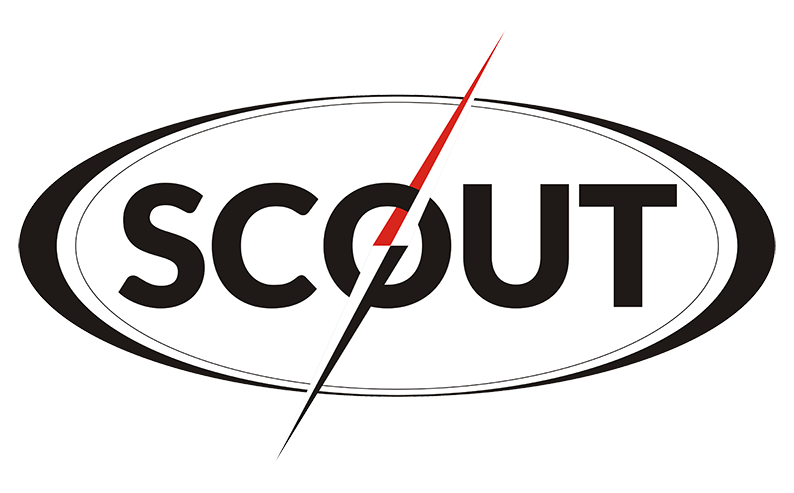
Intangible assets, such as patents and goodwill, are among the least liquid, with value often realized only through the sale of an entire business or unit. For investors, they will analyze a company using https://www.marceloenne.com/2024/07/12/period-cost-definition-is-your-business-bleeding/ liquidity ratios to ensure that a company is financially healthy and worthy of their investment. Working capital issues will put restraints on the rest of the business as well. A company needs to be able to pay its short-term bills with some leeway. In accounting and financial analysis, a company’s liquidity is a measure of how easily it can meet its short-term financial obligations.
What Does Accrual Mean in Accounting?
- Cash itself is considered the most liquid asset, as it is already in its most spendable form.
- Both GAAP and IFRS agree that you recognize these assets when you buy them.
- All three may be considered healthy by analysts and investors, depending on the company.
- Assets are presented on the balance sheet in order of their liquidity, from those most easily convertible to cash to those that are less so.
- They are divided into current assets, which can be converted to cash in one year or less, and non-current or long-term assets, which cannot.
This standard arrangement allows external parties like creditors and investors to easily measure a company’s liquidity. Next, the money owed by the business in the normal course of sales, which is accepted by the general credit terms of the company, is generally known as accounts receivables. These receivables generally have a 30 – 60 days credit period to liquidate themselves.
- While the current ratio is also referred to as a liquidity ratio, a company with the majority of its current assets in inventory may or may not have the liquidity needed to pay its liabilities as they come due.
- Includes non-AP obligations that are due within one year’s time or within one operating cycle for the company (whichever is longest).
- Carrying out checks like trial balances before finalizing the balance sheet helps avoid errors.
- A low turnover ratio may signal overstocking or slow-moving goods, tying up capital and increasing holding costs.
Balance Sheet Order: A Complete Guide for Accounting
IFRS, however, allows companies to separate investment property—property held for capital appreciation or rental income—from PP&E. So if you’re into real estate investments, IFRS gives you more flexibility. Below is a break down of subject weightings in the FMVA® financial analyst program. As you can see there is a heavy focus on financial modeling, finance, Excel, business valuation, budgeting/forecasting, PowerPoint presentations, accounting and business strategy. Accounts Payables, or AP, is the amount a company owes suppliers for items or services purchased on credit. As the company pays off its AP, it decreases along with an equal amount decrease to the cash account.
Order of Liquidity of Current Assets: Balance Sheet Example

Learn the systematic arrangement of financial resources and obligations on a balance sheet, revealing a company’s financial Outsource Invoicing health through its structure. It is a list of a company’s assets showing how quickly they can convert those assets to cash. Finally, intangible assets are at the bottom of the list because they are the least liquid and can take longer to convert to cash. The most common liquidity ratios are the current ratio and the quick ratio.
BAR CPA Practice Questions: Governmental Funds Statement of Revenues, Expenditures and Changes in Fund Balances
The same three steps above can be used to calculate the financial position of a business on a particular date. For more information about finance and accounting view more of our articles. For example, if a company has cash on hand but also holds patents they can sell, the company may decide to sell the patents in order to raise cash quickly. The order of liquidity is important for businesses because it provides a framework for making investment decisions.
- The liabilities section is broken out similarly to the assets section, with current liabilities and non-current liabilities reporting balances by account.
- Each is key for understanding how liquid a company is and for making smart asset decisions.
- Cash and cash equivalents, such as bank account balances and highly liquid investments maturing within 90 days, appear first due to their immediate availability.
- The urgent payments such as short-term creditors are displayed first, and least urgent payments like long-term creditors will be displayed at last.
- Companies that maintain their assets in an order of liquidity can quickly discern which assets can be tapped at short notice to cover immediate financial needs.
- Depending on the company, this might include short-term assets, such as cash and accounts receivable, or long-term assets such as property, plant, and equipment (PP&E).
How Balance Sheets Work
Having a good understanding of the order of liquidity is critical to analyzing the short-term viability of a company, its risk level, and the adequacy of its working capital management. In times of financial distress, the company seeks to liquidate its assets to pay off liabilities, making ‘order of liquidity’ a crucial consideration for potential investors, lenders, and creditors. A company can use its balance sheet to craft internal decisions, although the information presented is usually not as helpful as an income statement. A company may look at its balance sheet to measure risk, make sure it has enough cash on hand, and evaluate how it wants to raise more capital (through debt or equity). Employees usually prefer knowing their jobs are secure and that the company they are working for is in good health. Each category consists of several smaller accounts that break down the specifics of a company’s finances.

The formal method of presenting the financial position of a business is by means of a financial statement known as a balance sheet. Inventory consists of raw materials, work-in-progress, and finished goods held for sale. The valuation of inventory significantly impacts financial statements, with GAAP allowing FIFO (first-in, balance sheet liquidity order first-out), LIFO (last-in, first-out), and weighted average cost methods under ASC 330. IFRS prohibits LIFO due to its potential distortion of financial results. The chosen method affects cost of goods sold (COGS), taxable income, and profitability metrics. Regulatory frameworks reinforce the importance of liquidity-based asset classification.
What is the Journal Entry for Closing Stock?

Current liabilities are obligations due within one year, such as accounts payable, short-term debt, and accrued expenses. Non-current liabilities, like long-term debt and deferred tax liabilities, are those due beyond one year. Both categories are generally presented in order of their maturity, mirroring the liquidity principle applied to assets. The standardized order of liquidity on a balance sheet is important for several reasons.
Investors and analysts closely analyze the asset portion of the balance sheet to assess the company’s liquidity, solvency, and potential for future growth. The financial statement only captures the financial position of a company on a specific day. Looking at a single balance sheet by itself may make it difficult to determine whether a company is performing well. For example, imagine a company reports $1,000,000 of cash on hand at the end of the month.
